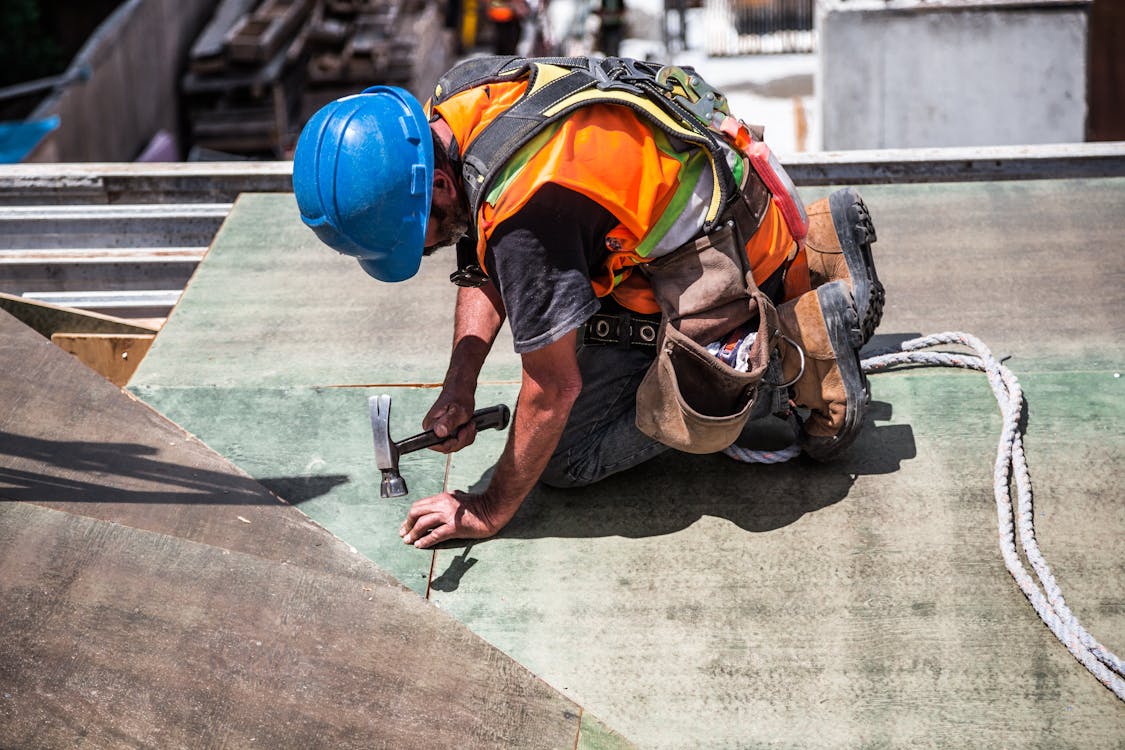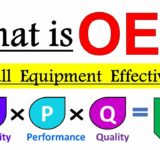Construction workers face numerous hazards on the job, and one often overlooked danger is the risk of permanent hearing loss.
The constant exposure to loud machinery, tools, and equipment can lead to irreversible damage over time. According to research published in the National Library of Medicine, with age, the risk of hearing impairment among construction workers increases.
However, by implementing effective strategies and taking proactive measures, construction workers can significantly reduce the risk of hearing impairment.
Here are a few essential tips for safeguarding your hearing health on the construction site.
Limit Exposure to High-Noise Environments
While some construction tasks inherently involve loud noise, workers should strive to limit their exposure whenever possible. Employers can implement sound barriers or enclosures to reduce noise levels at the source. Additionally, scheduling noisy activities during off-peak hours or rotating workers to quieter tasks can help minimize overall exposure.
Individuals should also be mindful of their surroundings and take breaks in quieter areas when feasible. Even brief periods of rest in low-noise environments can provide temporary relief to the ears and reduce the impact of noise exposure over time.
Let Go of Certain Habits
According to the World Health Organization, as of 2022, globally, there were around 1.25 billion tobacco users aged 15 and above. Many of these people are frequent smokers and work in the construction industry. You might be surprised, but habits such as smoking can also lead to hearing problems, including hearing impairment and permanent hearing damage.
However, smoking doesn’t directly lead to hearing problems. Smoking increases the risk of Graves’ disease. Graves’ disease, in turn, can cause thyroid eye disease (TED). Now, to treat thyroid eye disease, the Tepezza drug is used.
However, as told by TorHoerman Law, Tepezza was found to cause hearing problems and even permanent hearing loss. Because of all this, the Tepezza lawsuits were filed by those who fell victim to these hearing problems.
According to the Tepezza lawsuit, victims are seeking compensation from the drug’s manufacturers – Horizon Therapeutics – for their hearing damage. The Tepezza settlement amounts, on average, are likely to range between $75,000 and $200,000.
Therefore, it’s evident that habits like smoking can lead to hearing loss. Therefore, construction workers need to let go of such habits if they want to avoid hearing impairment.
Monitor Noise Levels
Awareness of noise levels in the work environment is crucial for protecting hearing health. Construction workers should familiarize themselves with the decibel (dB) levels of common equipment and machinery they operate regularly.
A general rule of thumb is that prolonged exposure to noise exceeding 85 dB can lead to hearing damage over time. Utilities One reports that construction equipment alone can create sounds between 85 and 105 dB.
Employers can conduct regular noise assessments using sound level meters to identify areas with excessive noise levels and implement appropriate control measures. Additionally, incorporating noise monitoring apps into personal smartphones or wearable technology can empower workers to track their exposure levels and take necessary precautions.
Invest in Training and Education
Proper training and education are essential components of hearing loss prevention in the construction industry. Workers should receive comprehensive instruction on the risks associated with noise exposure and the signs of hearing damage or impairment.
Employers can facilitate ongoing training sessions or workshops to reinforce safety protocols and promote a culture of hearing conservation within the workforce. Fostering a supportive environment where workers feel comfortable reporting concerns about noise exposure or hearing-related issues is also crucial for addressing potential hazards promptly.
Prioritize Regular Hearing Screenings
Routine hearing screenings are invaluable tools for early detection of hearing loss and monitoring changes in auditory function over time. Construction workers should undergo baseline hearing tests upon employment and participate in regular screenings as part of their occupational health and safety program.
Employers can collaborate with healthcare providers or audiologists to facilitate onsite or offsite hearing screenings for employees. By proactively identifying individuals at risk of hearing loss, employers can implement targeted interventions and accommodations to protect workers’ long-term hearing health.
Foster a Culture of Self-Advocacy
Empowering construction workers to advocate for their hearing health is paramount in preventing permanent damage. Encourage individuals to speak up if they believe noise levels are excessive.
Promote open dialogue among coworkers about the importance of hearing protection and share personal experiences or success stories related to hearing conservation efforts. Self-advocacy and mutual support will allow construction teams to work together prioritizing safety and minimizing the risk of hearing loss.
In conclusion, safeguarding hearing health is a shared responsibility that requires proactive measures from both employers and construction workers. By implementing the tips outlined above, construction workers can mitigate the risk of hearing loss and preserve their auditory function for years to come.
Remember, protecting your hearing is not just a precaution. It’s an investment in your overall well-being and quality of life.







